Have a look at what's new!
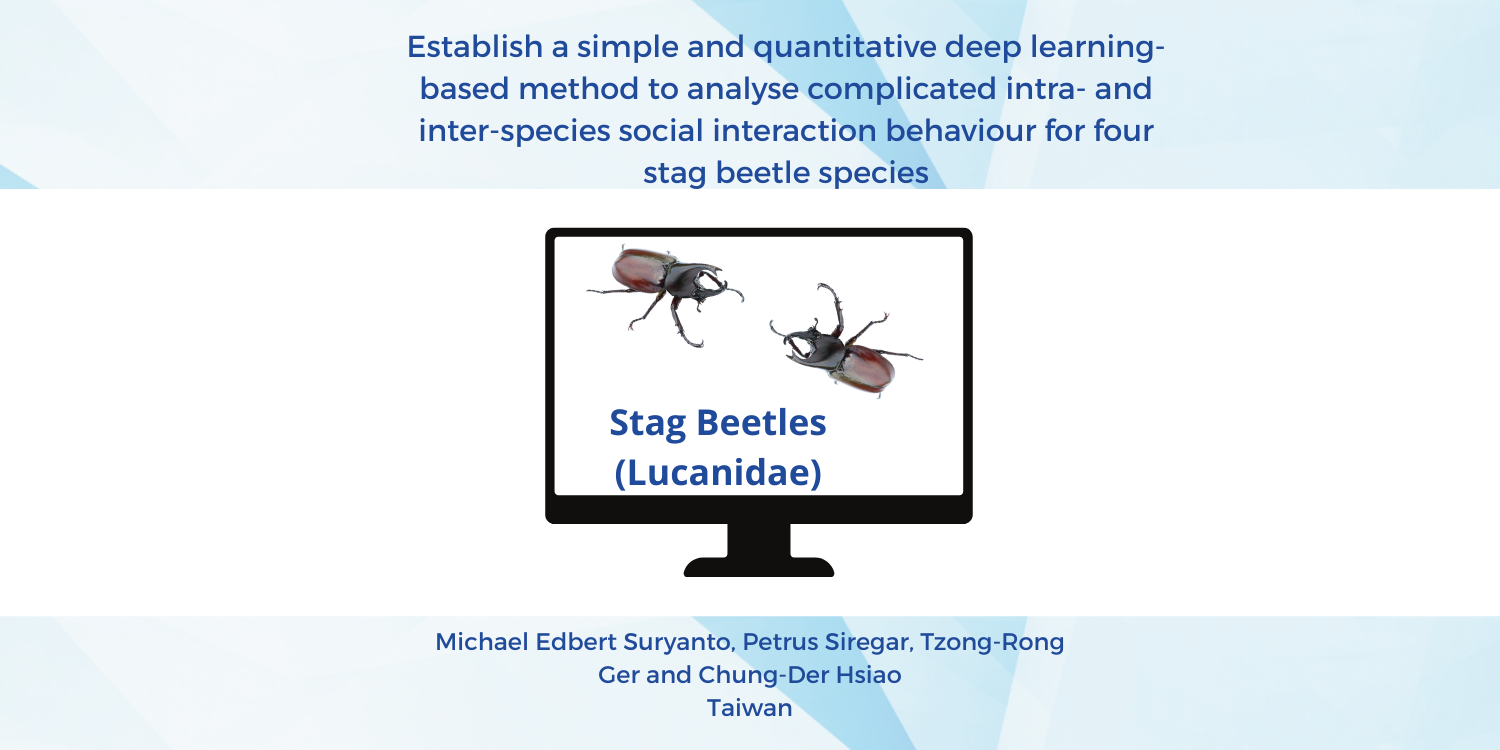
News
Revolutionizing Entomology: Deep Learning and the ZebraBox in Stag Beetle Research
In the lush forests and diverse ecosystems of Taiwan, a groundbreaking study is shedding new light on the intricate social behaviors of stag beetles.

News
Expanding Horizons: ViewPoint Behavior Technology's Commitment to Innovation and Excellence in Asia
ViewPoint Behavior Technology is at the forefront of innovation in behavioral research, offering cutting-edge solutions to researchers worldwide. With...

Events
Highlights from the 2nd French Zebrafish Meeting to be held in Toulouse, October 29th-31st, 2025
The 2nd French Zebrafish Meeting, co-organized by ViewPoint Behavior Technology, is set to take place in October 2025 at the University of Toulouse. T...
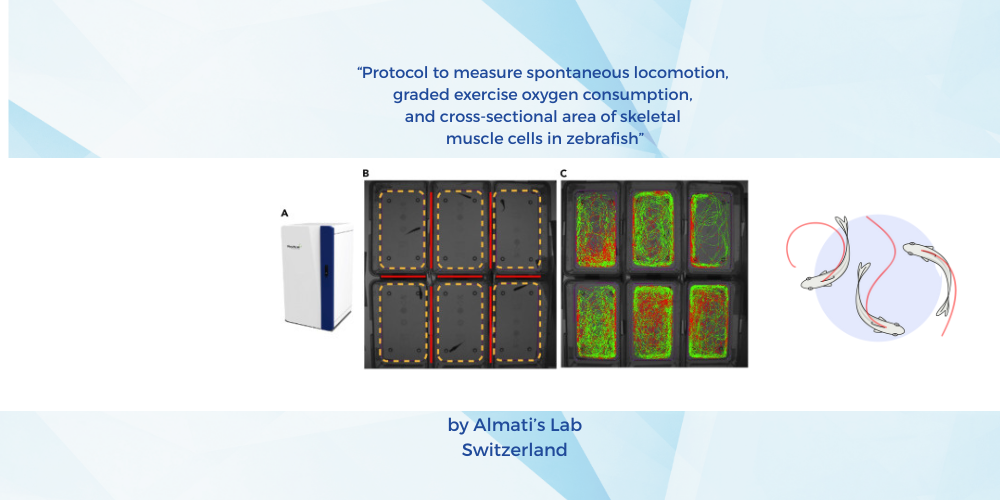
Expertise
Advancing Zebrafish Research: A Protocol for Measuring Locomotion, Oxygen Consumption, and Muscle Cell Morphology
This article outlines a comprehensive protocol for assessing muscle health in zebrafish, a valuable model organism in biological research. The protoco...
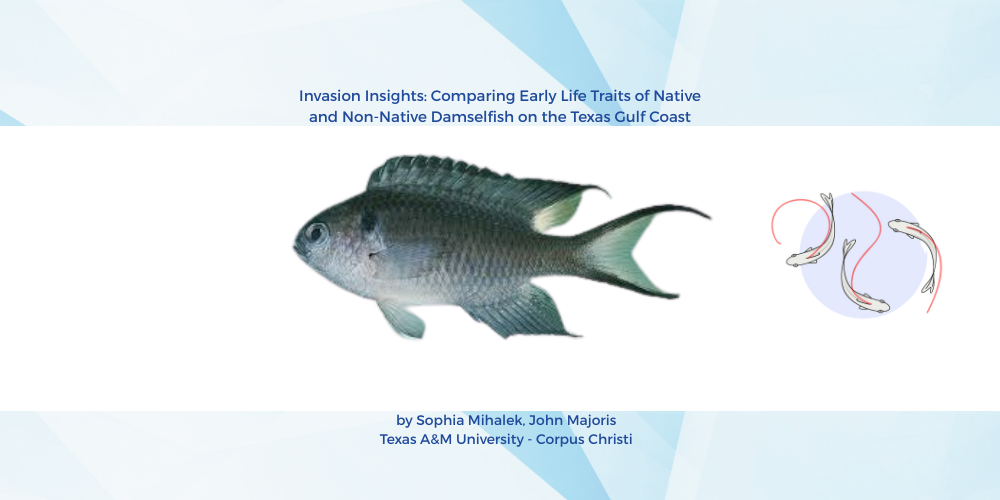
Expertise
Invasion Insights: Comparing Early Life Traits of Native and Non-Native Damselfish on the Texas Gulf Coast
In this insightful exploration, we delve into the critical issue of how human activities and climate change are paving the way for the spread of non-n...
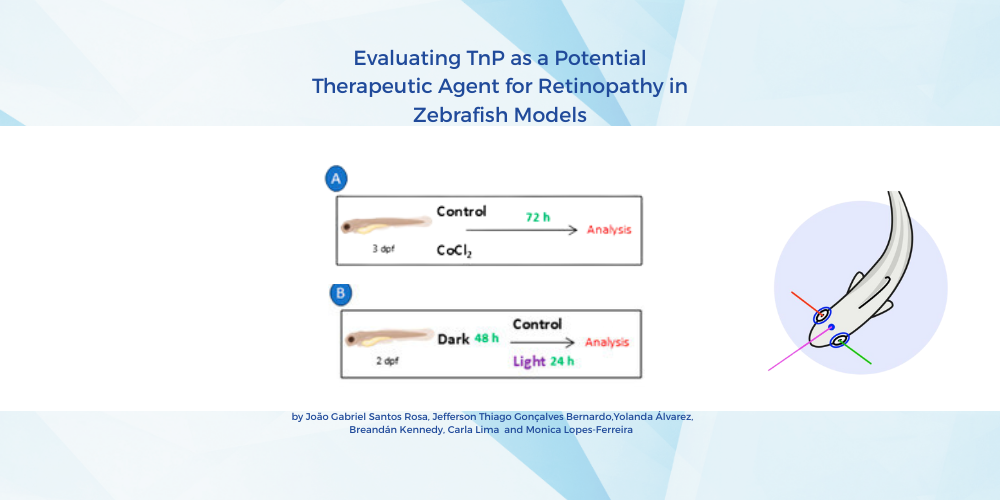
Expertise
Evaluating TnP as a Potential Therapeutic Agent for Retinopathy in Zebrafish Models
Explore a study on TnP, a novel synthetic peptide, as a therapeutic agent for retinopathy using zebrafish models. The research employs CoCl2-induced h...

Events
19th International Zebrafish Conference - Madison, WI, USA - July 9-13, 2025
We are excited to announce that ViewPoint Behavior Technology will be participating in the 19th International Zebrafish Conference, scheduled to take ...
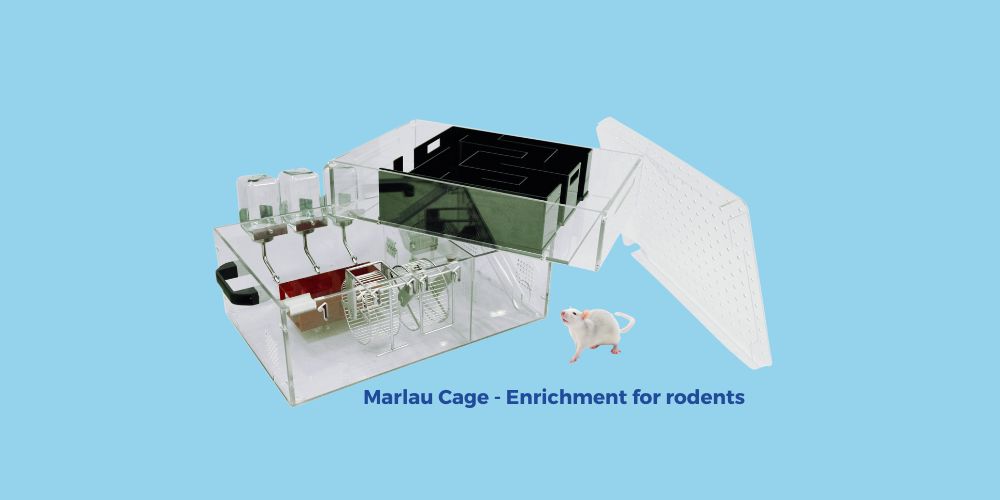
Expertise
Enriched housing for rodents : Benefits and Innovations
🔬 Exciting Research with Marlau Cage for Mice! 🔬
We are thrilled to share some groundbreaking research that utilizes the Marlau Cage for mice!
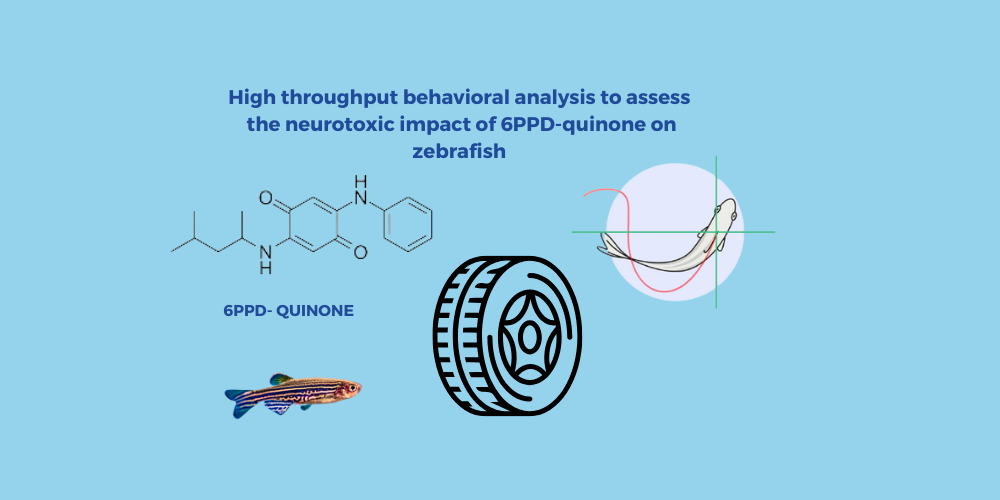
Expertise
High throughput behavioral analysis to assess the neurotoxic impact of 6PPD-quinone on zebrafish
6PPD-quinone is a significant environmental and health concern due to its neurotoxic properties and widespread occurrence as a tire degradation byprod...
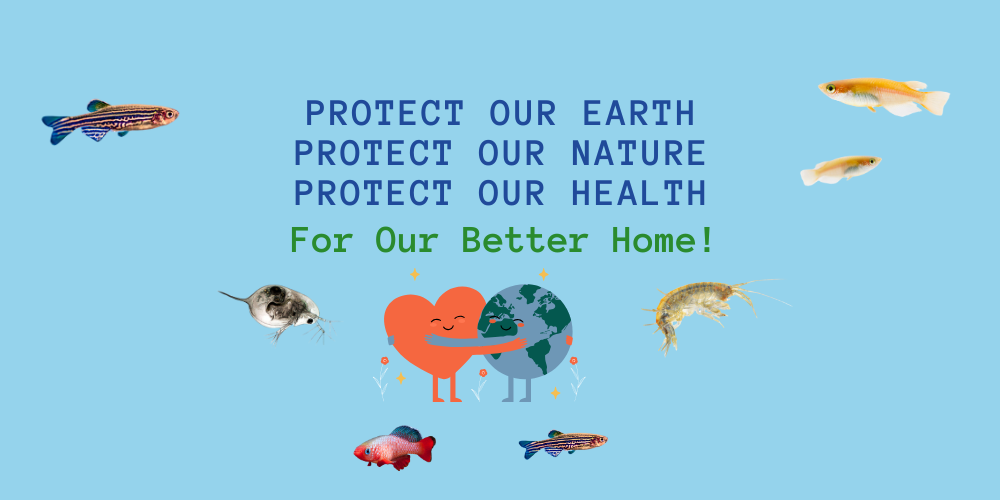
Expertise
Ecotoxicology : using behavior analysis systems to assess the impact of hazardous substances on living organisms
Animal behavior analysis in ecotoxicology is a critical approach used to assess the impacts of contaminants on our environment.
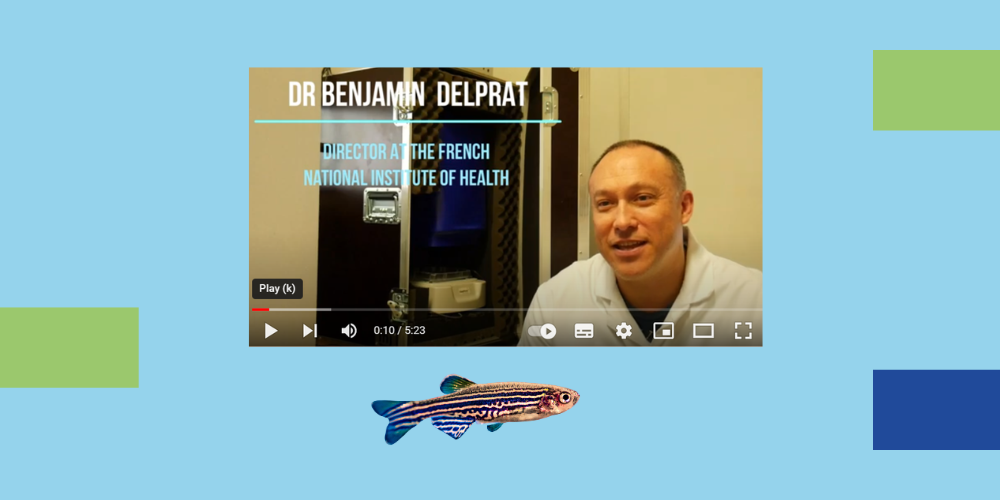
Expertise
Wolfram Syndrome, a rare neurodegenerative disease associating diabetes, deafness and optic atrophy
Dr Benjamin Delprat is a Research Director at the French National Institute of Health, Inserm Montpellier France
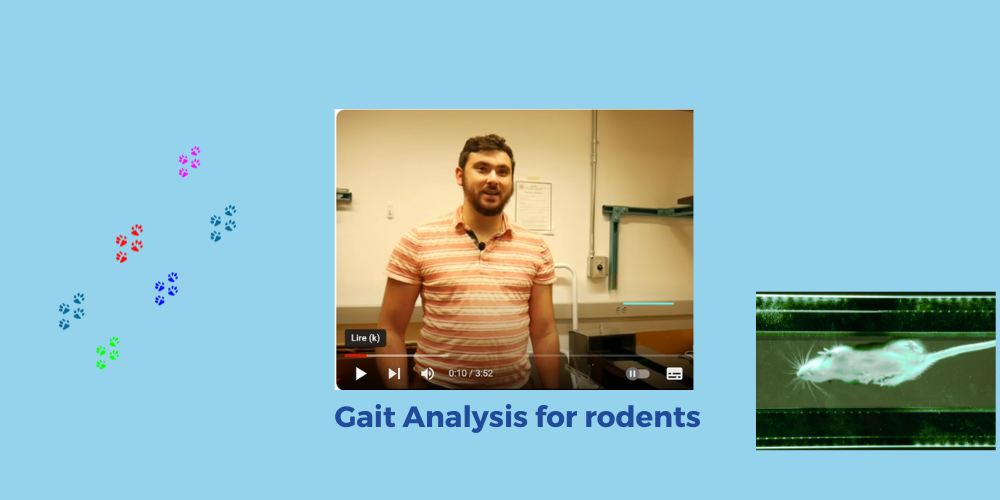
Expertise
Customer testimony : Jacob Schimelman, researcher at UCSD
Dr Schimelman from UCSD explains his work on bio-materials and his use of gait-analysis

